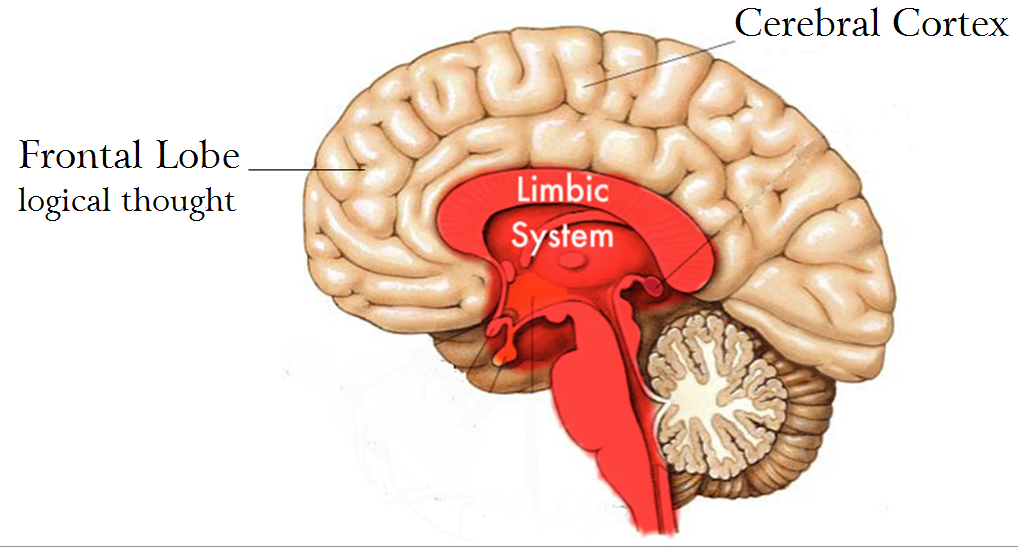As I am utilizing quite a bit of EMDR in my work with clients, here is a brief introduction to this unique healing approach. Initially developed for the treatment of trauma, EMDR (Eye Movement Desensitization and Reprocessing) has shown high efficacy in the resolution of many mental health problems, sometimes in only one or two sessions.
Because of this, EMDR has received a lot of attention over the past decade; and a fair amount of research has gone into testing its effectiveness. Various national and international organizations (Department of Veterans Affairs, American Psychiatric Association, World Health Organization) now endorse EMDR as a valid therapy for the treatment of trauma, and the number of therapists utilizing EMDR in their work is growing.
Areas of application
I have used EMDR successfully with clients who have experienced:
- Car accidents
- Birth trauma
- Sexual abuse
- Infertility
- Bereavement/Grief
- Depression and Anxiety
So how does it work?
As of date, there is no clear answer to this, but there are theories. The dominant theories involve brain-based processes that are activated via bi-lateral stimulation of the left and right brain hemispheres, the hallmark of EMDR therapy. This is accomplished either via eye movement, or tactile/audio stimulation (I use this device). This stimulation is believed to activate memory networks/channels across the entire brain, facilitating reorganization and reprocessing of previously stored information and/or traumatic memories. New brain pathways are being formed and a healthy integration of trauma memories is made possible.
Memory making
All of our experiences are recorded and stored in memory. Non-traumatic experiences result in memories that can be retrieved at a later point in time at will, such as the memory of my wedding day or of the woods I explored as a child. This is possible because non-traumatic experiences include the frontal lobe of our brain (where we reason, plan, make decisions, solve problems etc) in information processing, cognitive integration and memory making.
Traumatic experiences, on the other hand, are processed and recorded while our nervous system is on high alert. The limbic system (which controls bodily functions such as heart rate, digestion, respiration etc) takes over, and executive (frontal lobe) functioning is shut down. Memories of the traumatic event are “locked” or “frozen” in the brain and physiology of the individual. While they can often be consciously remembered as well, traumatic memories tend to be fragmented, detail-focused, sensory-based (visual, auditory, olfactory etc), emotionally charged and, what makes them so troublesome, uncontrollable.
Reprocessing
EMDR picks up fragments of a traumatic memory and shuttles them back and forth between the right and left brain (via bi-lateral stimulation). This process increases neuronal networking, associations and cross-hemisphere communication, which also happens during REM sleep. During REM sleep our eyes move rapidly from side to side, dreams occur, and events of the past day are recorded in memory. EMDR utilizes this mechanism of our brain’s information processing system for trauma recovery, giving the client a chance to reorient, restructure and re-store the traumatic memory in a safe, less intrusive and more adaptive fashion.
Protocol
If you are a new client, I will meet with you for one or two 50-minute sessions before we start reprocessing. We will identify a disturbing memory related to your present distress (“target memory”), discuss resources that may help you tolerate/regulate increased distress, and talk about ways to step out of the procedure if needed. It is not uncommon during a reprocessing session for suppressed or repressed material to surface. This can include a high level of emotion or physical sensations. If you are an existing client, one preparation session is usually sufficient.
After completing our prep work, we will meet for a 90-minute EMDR session. Reprocessing sessions contain several rounds of bi-lateral stimulations (“sets”). During sets (usually lasting 10-20 seconds), you will focus on whatever is on the forefront of your consciousness, and notice what comes up. This can be anything: a physical sensation, thought, image, memory, feeling or sensory perception. You may become aware of things that seem completely unrelated or random. This is normal and to be expected. It is important that you don’t censor what you notice, but go along with it, and let your brain do the work.
At the end of each set, you are welcome to share with me what you notice. I usually don’t make any comments and will ask you to focus on what you just noticed as we start another set, unless additional support or redirection is needed. At the end of our session, we will have time to debrief and decide on next steps.
For more information about EMDR, visit the EMDR Institute.

